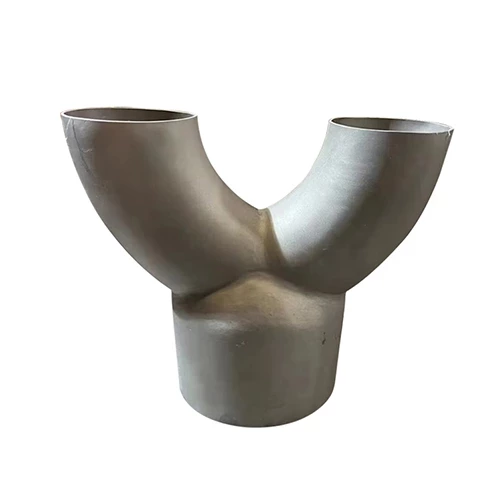Popularize The Processing And High-frequency Welding Skills Of Stainless Steel Pipe Fittings
Do you know the processing and high-frequency welding skills of Stainless Steel Weld Elbow? When processing stainless steel elbows, whether it is heating or cooling, they will form a temperature difference due to the inconsistent cooling speed and time between the surface and the core. This will also cause uneven volume expansion and contraction and generate stress, called thermal stress.
When stainless steel pipes are welded, under the action of thermal stress, the temperature of the surface will be lower than that of the core. When cooling is completed, the volume contraction of the core cannot be carried out freely, which makes the surface compressed and the core tensile. Under the action of thermal stress, the surface of the workpiece is finally compressed and the core is tensile. This phenomenon occurs because of the influence of cooling speed, material composition and heat treatment process.
The high-frequency welding of stainless steel elbows utilizes the skin effect and proximity effect of alternating current. When the steel is rolled and formed, a circular tube blank with a broken cross section will be formed. When the tube blank is close to the impedance near the center of the induction coil, the impedance and the tube blank opening form an electromagnetic induction loop.
Under the action of skin effect and proximity effect, a strong and concentrated thermal effect will be generated at the edge of the tube opening, which will quickly heat the edge of the weld to the required welding temperature. Roller extrusion is then carried out, and the molten metal achieves intercrystalline bonding, and a firm butt weld is formed after cooling.
